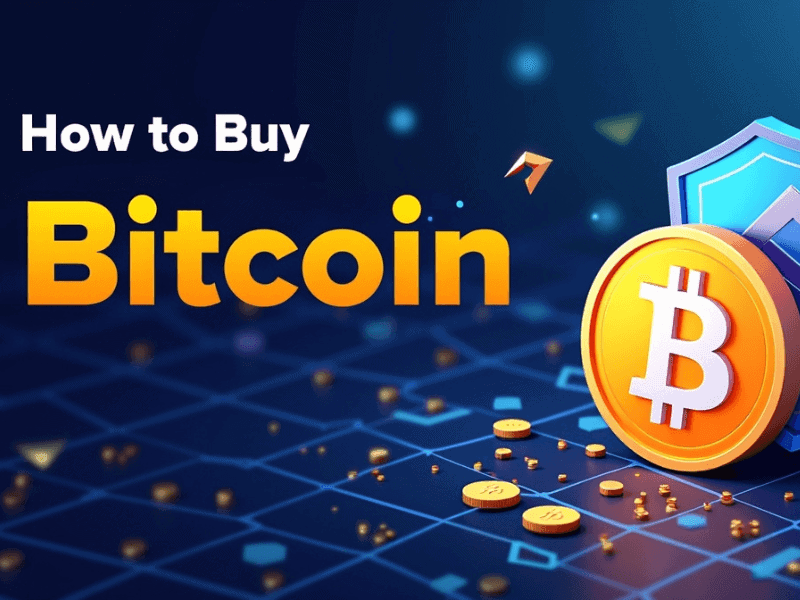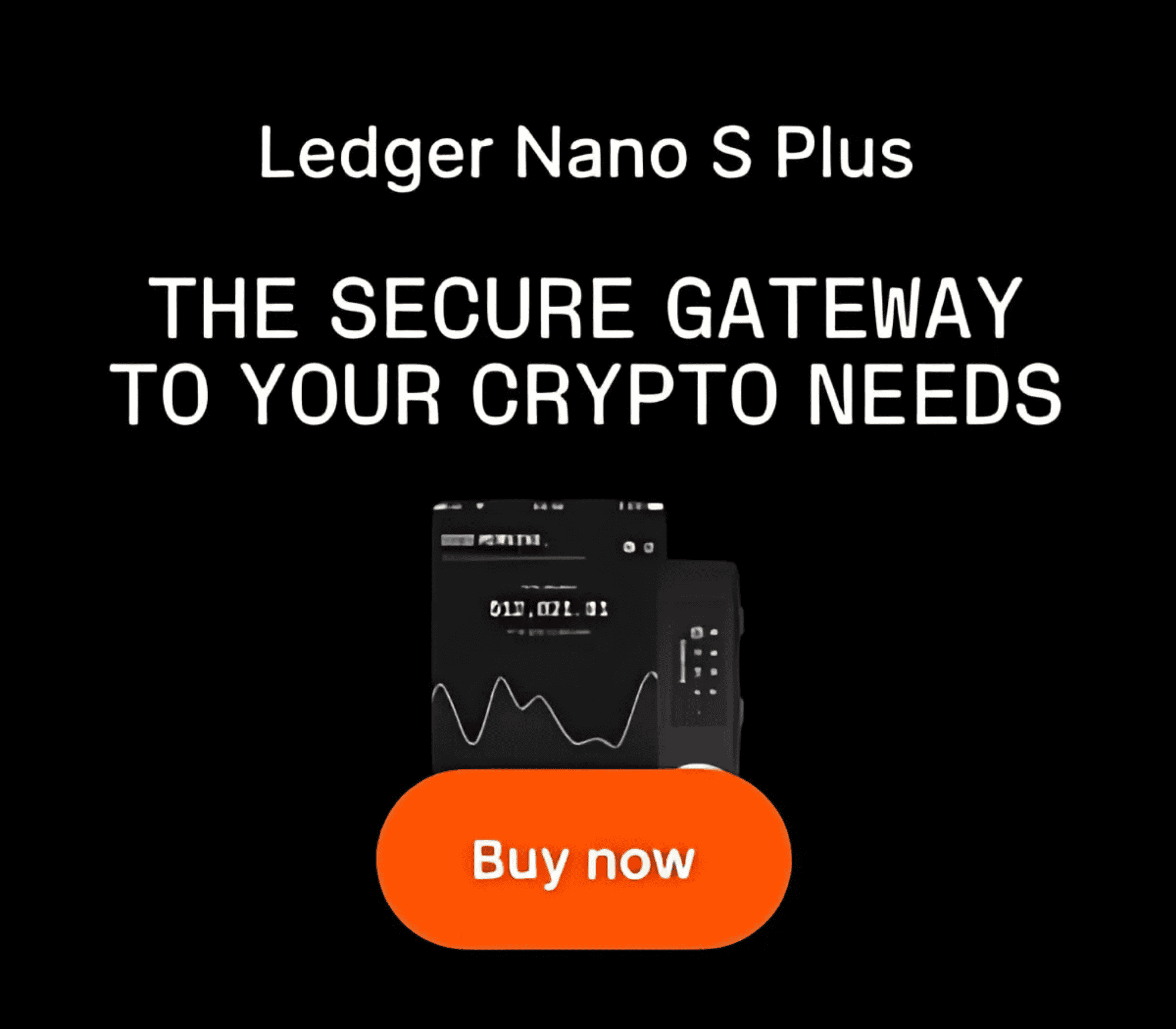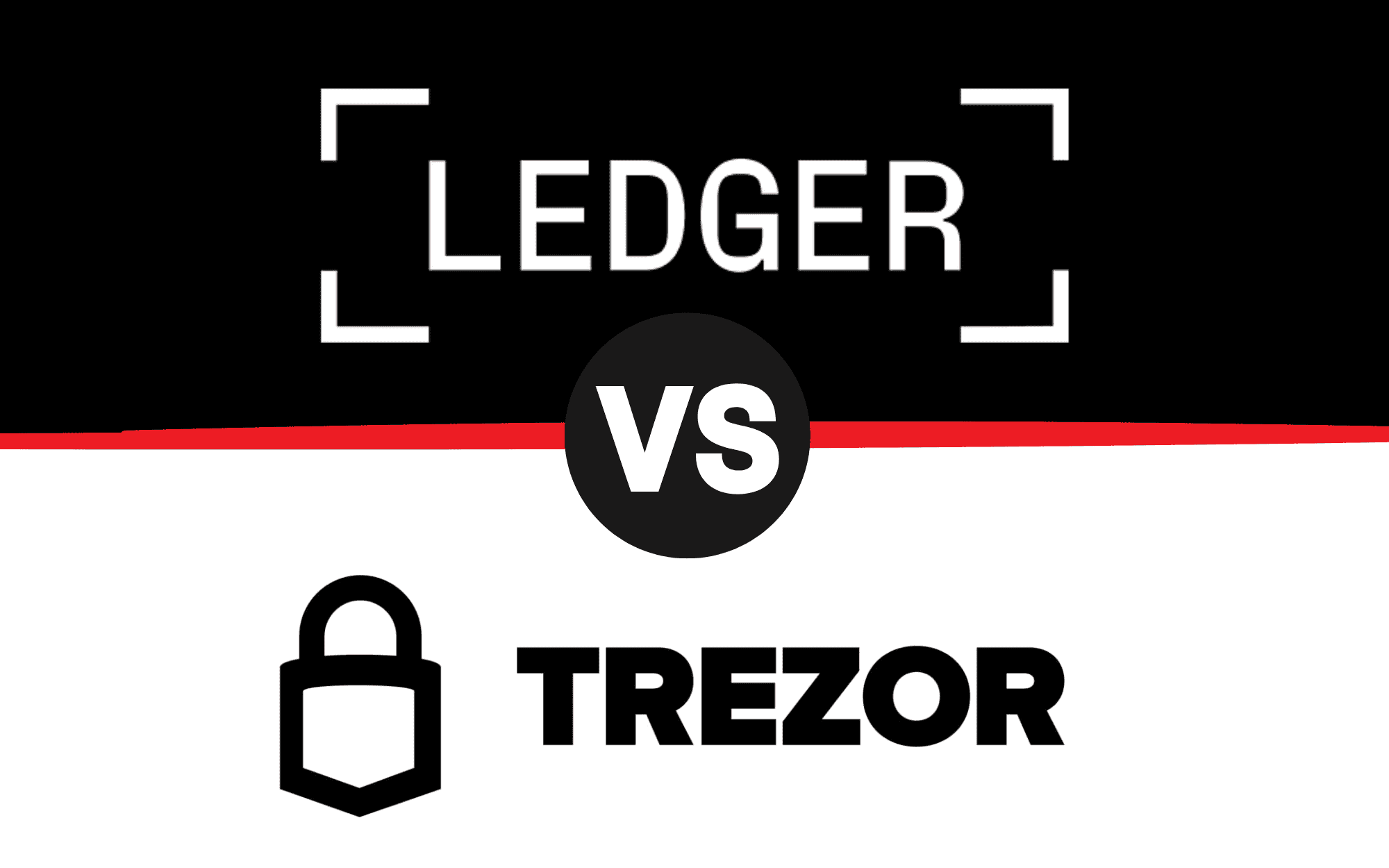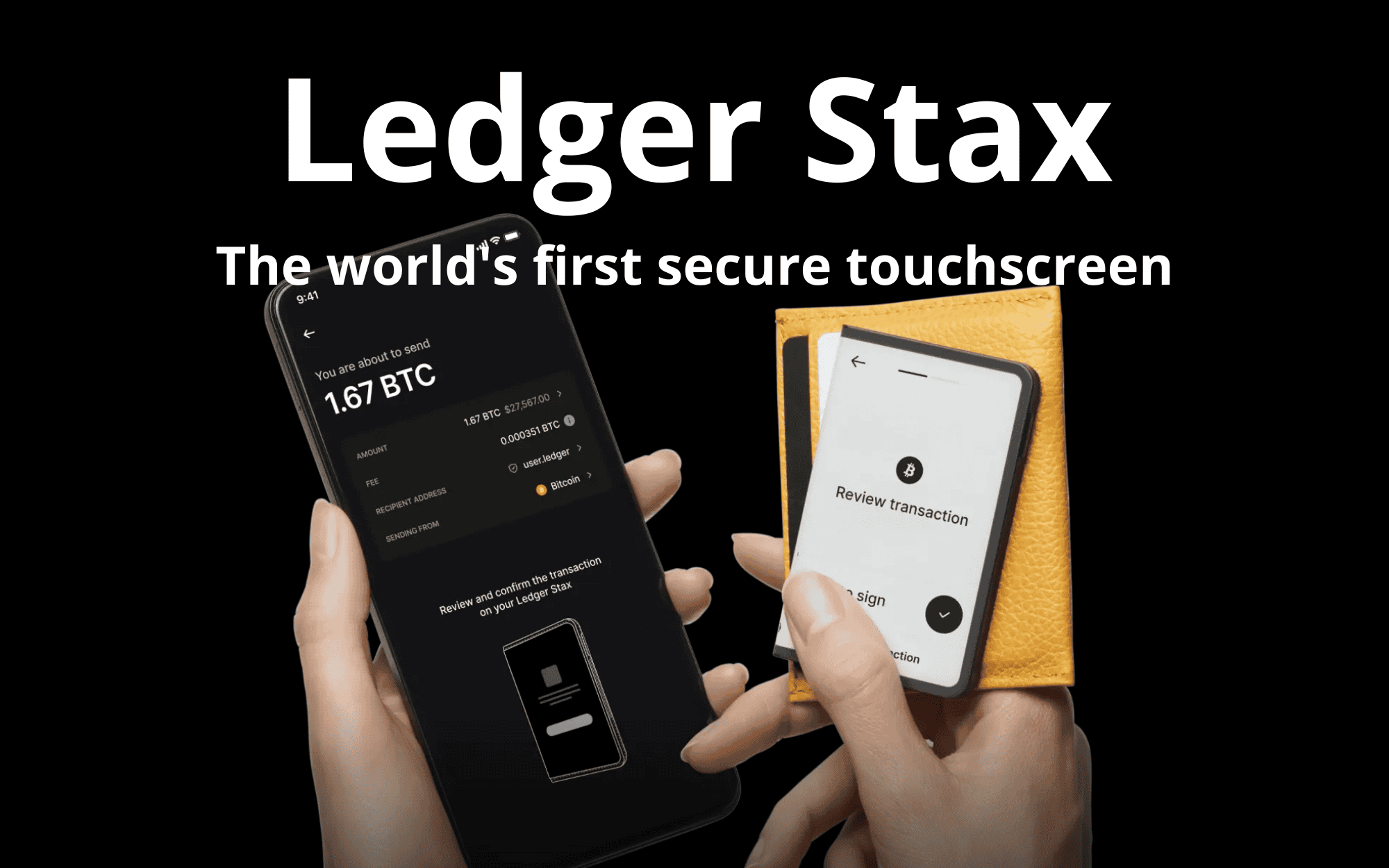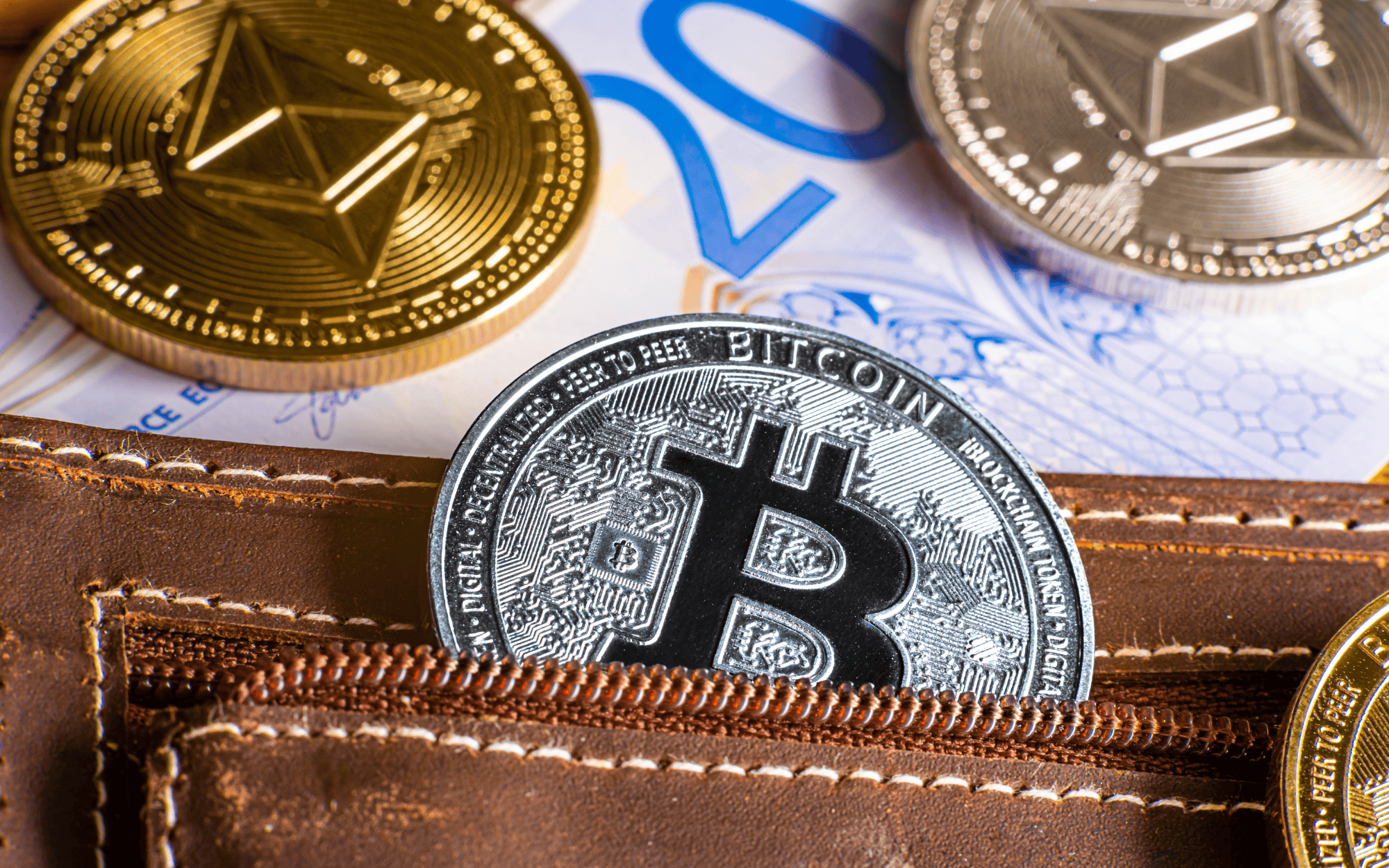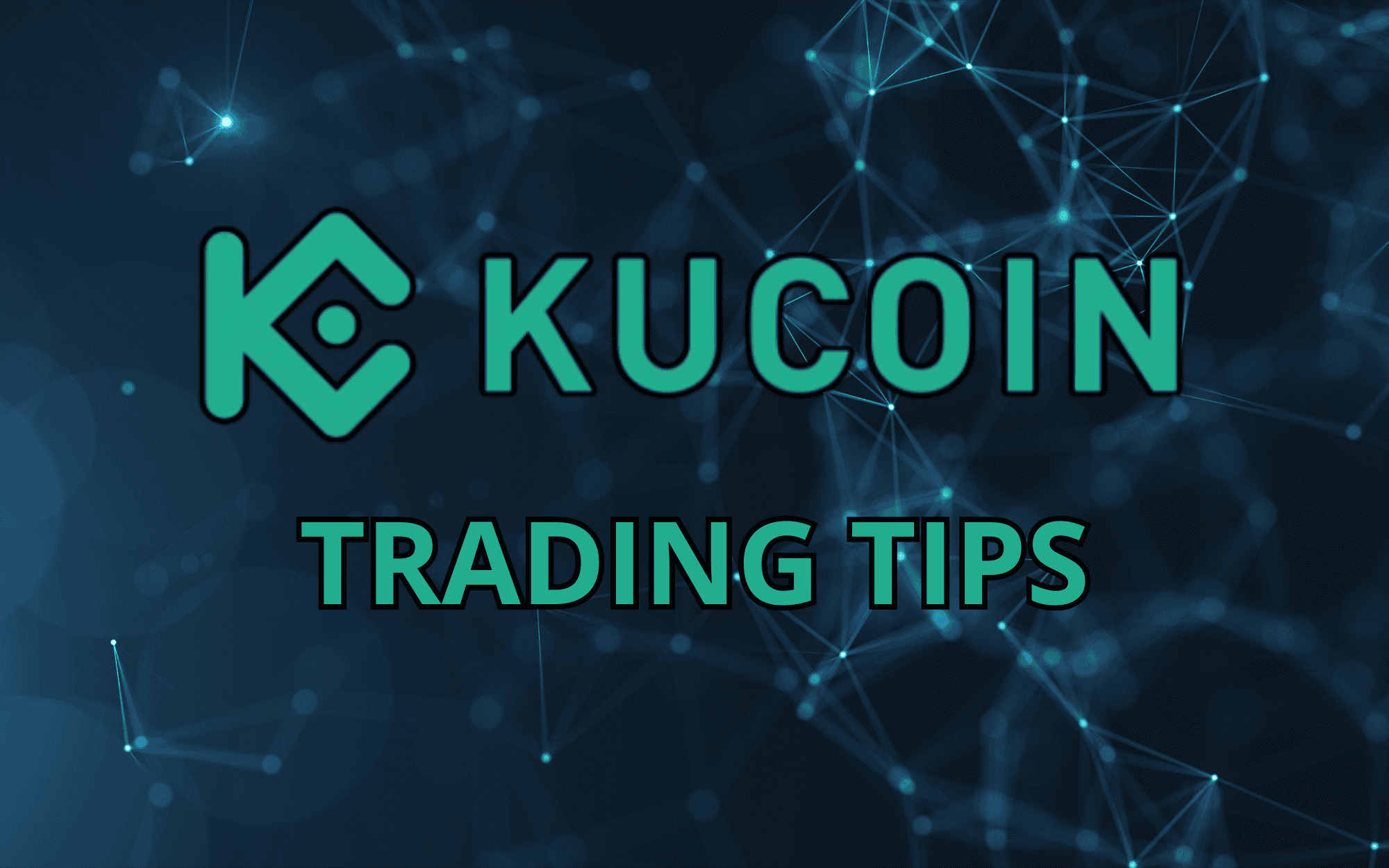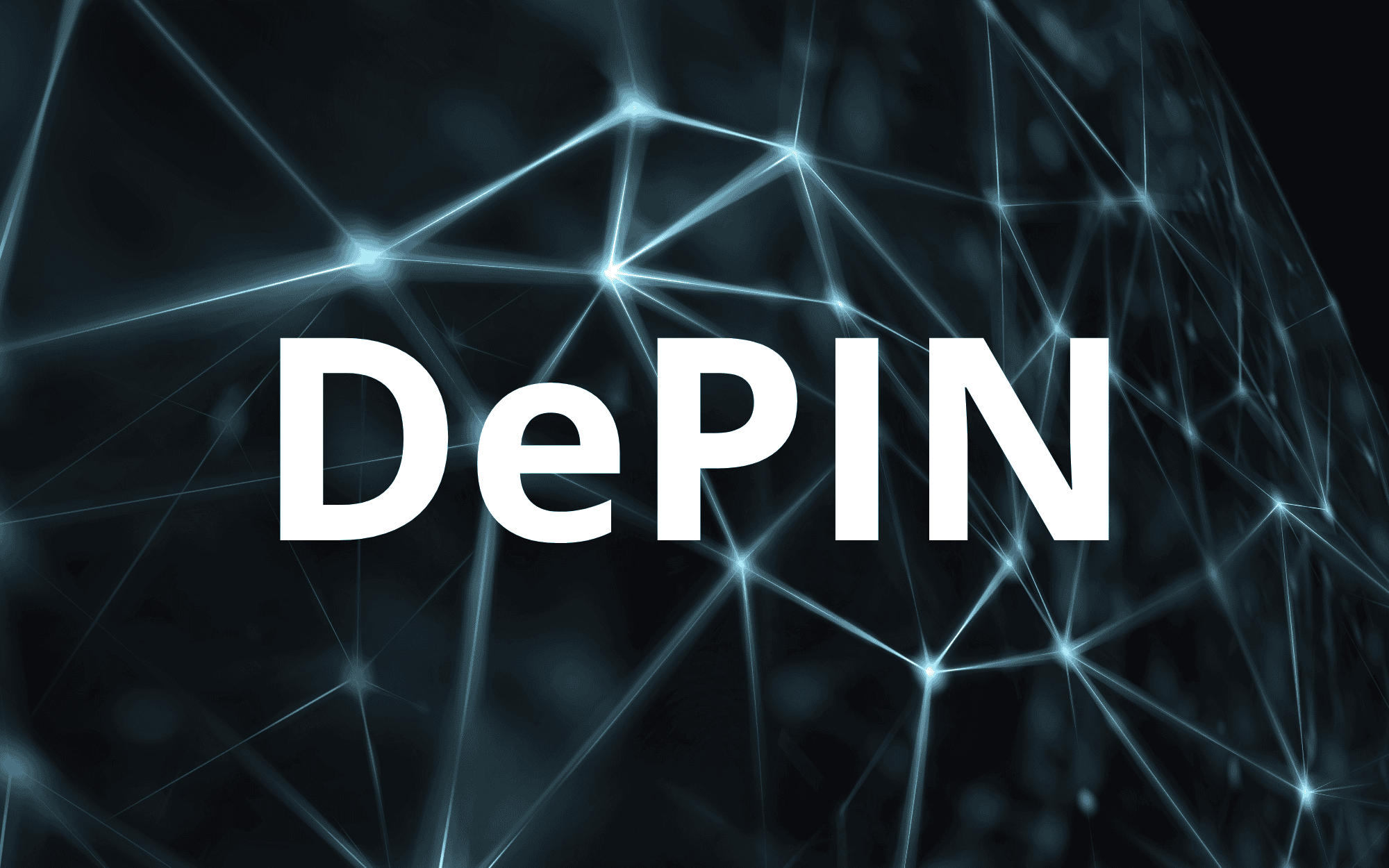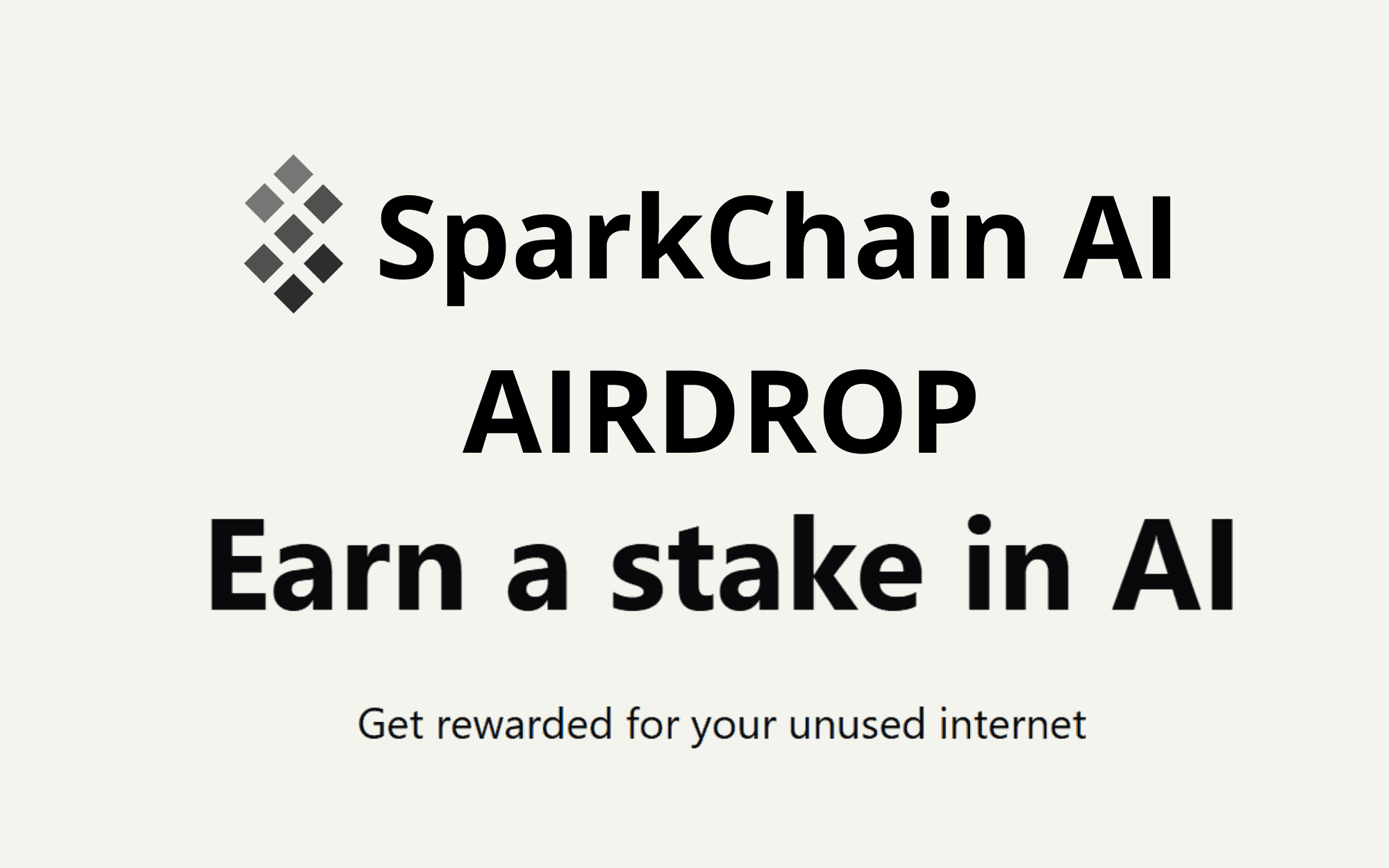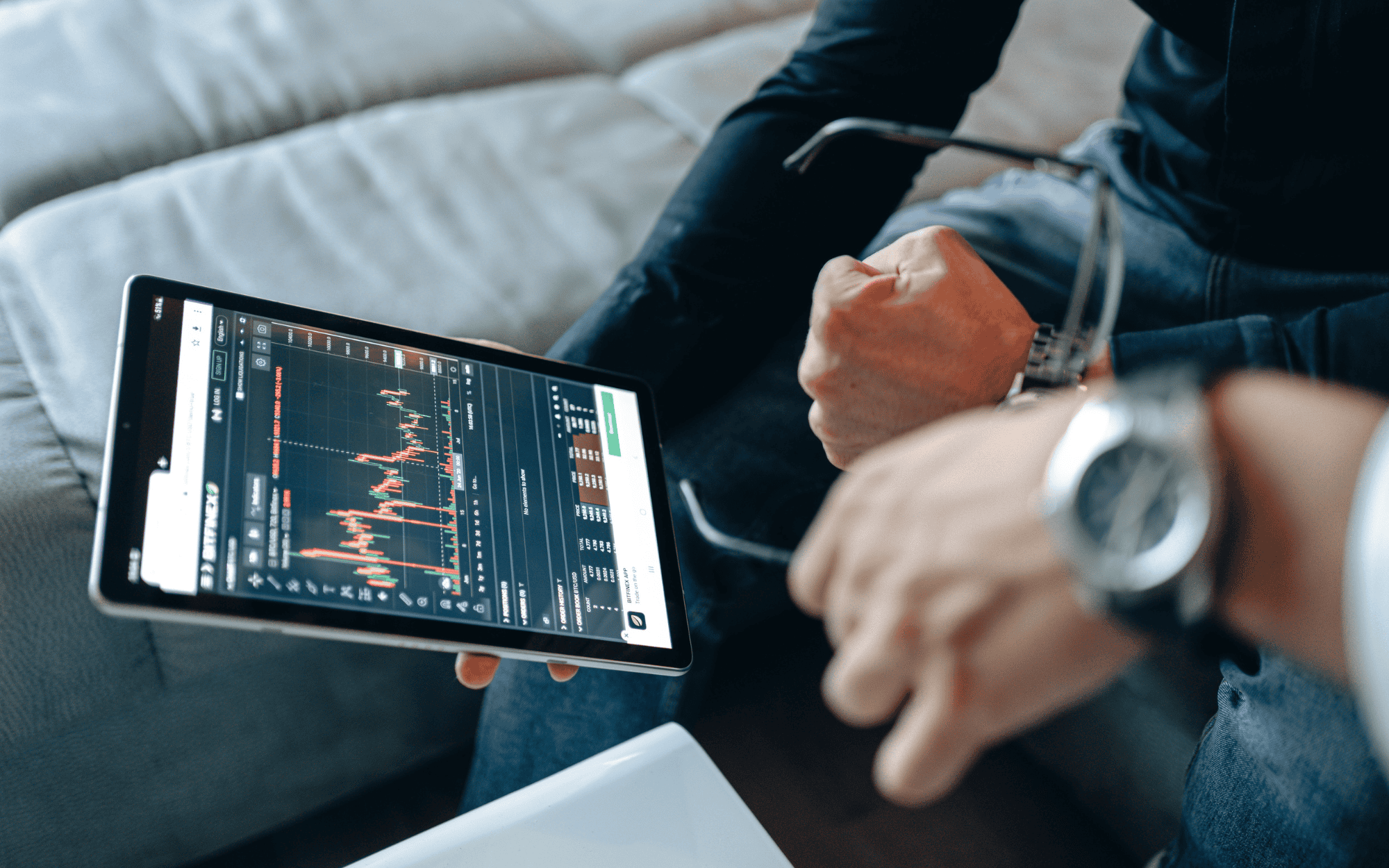Learning How to Buy Bitcoin can be both thrilling and nerve-racking for newcomers to the cryptocurrency world. Bitcoin remains the most recognized digital asset, and many investors see it as a reliable store of value or a potential hedge against fiat currency inflation. But while you may feel eager to purchase your first Bitcoins, you should also be prepared with the right knowledge and security measures.
Our team has conducted a thorough investigation, gathering insights from both everyday users and expert investors. In this article, we’ll present real-life examples, walk you through the process of How to Buy Bitcoin, and highlight why a secure wallet matters. By the end, you’ll have a solid grasp on the necessary steps to purchase Bitcoin confidently and store it with maximum protection.
1. Understanding the Basics
1.1 What Is Bitcoin?
Bitcoin is the world’s first decentralized digital currency, created in 2009. Instead of relying on a central bank, Bitcoin uses a peer-to-peer network of computers (nodes) to verify and record transactions on a public ledger called the blockchain. This design means no single entity can control or manipulate the currency.
Example:
Imagine you want to send money to a friend abroad. With traditional banks, you might pay high transfer fees and wait days for the transaction to clear. By contrast, sending Bitcoin can be faster and potentially cheaper, especially when using efficient networks or lower-traffic periods on the blockchain.
1.2 Why Buy Bitcoin?
Figuring out How to Buy Bitcoin is essential if you’re looking to diversify your investments or take part in the growing crypto economy. Some people see Bitcoin as “digital gold,” while others like its potential for rapid price growth or its utility for cross-border payments. Our team found that motivations vary widely: some investors want to “HODL” (hold onto Bitcoin for the long term), whereas others actively trade to capitalize on market volatility.
Reasons People Buy Bitcoin:
- Long-term Investment (HODLing) – Storing Bitcoin, hoping its value will increase over the years.
- Speculative Trading – Buying and selling frequently to profit from price fluctuations.
- Borderless Payments – Sending funds internationally without excessive bank fees.
- Inflation Hedge – A digital asset with a fixed supply can appeal during periods of high inflation.
2. Preparing to Buy Bitcoin
2.1 Research Reputable Exchanges
When determining How to Buy Bitcoin safely, a critical step is choosing a reputable exchange. Well-known platforms like
Bybit, Binance, or OKX have robust security features and user-friendly interfaces. However, different regions have varied regulations, so always ensure the exchange you choose is allowed in your country.
Key Factors to Consider:
- Security Measures: Look for exchanges that offer two-factor authentication (2FA) and keep most customer funds in cold storage.
- Fees & Liquidity: Compare fees among platforms, as they can significantly affect your overall cost.
- Customer Reviews & Support: A strong customer support team can be invaluable if you encounter any technical or compliance issues.
Example:
Our team reviewed a case where a new user tried a less-known exchange that offered lower fees but lacked proper customer support. When the user had a withdrawal error, it took weeks to resolve. This experience highlights the importance of prioritizing reliability over slightly cheaper transaction costs.
2.2 Setting Up Your Exchange Account
- Register: Provide an email and create a strong password.
- Identity Verification (KYC): Submit requested documents (passport, driver’s license) to comply with regulations.
- Enable 2FA: Download Google Authenticator or Authy, then connect it to your account for added protection.
2.3 Funding Your Account
Once your account is set up, you can fund it with fiat currency (USD, EUR, etc.) or other cryptocurrencies. Bank transfers may have lower fees but take more time. Credit card purchases are faster, yet they often have higher processing fees.
3. Step-by-Step: How to Buy Bitcoin
3.1 Placing a Market Order
After funding your account, go to the trading interface and select the BTC trading pair (e.g., BTC/USD). A market order will purchase Bitcoin at the current market price.
Steps:
- Choose “Market Order.”
- Enter the amount you wish to spend (in USD or your local currency).
- Review estimated costs.
- Confirm the purchase.
With a market order, you typically get immediate execution, although the final price can differ slightly if the market is volatile.
3.2 Using a Limit Order
A limit order lets you specify the exact price at which you want to buy. For instance, if Bitcoin is trading at $30,000, but you only wish to buy if it drops to $29,000, a limit order will wait until the market hits that level. This strategy helps avoid sudden spikes in price, but it also risks the order not filling if the price never reaches your desired threshold.
Example:
A friend of our team set a limit order at $95,000 BTC price during a dip. Within two days, the price briefly touched $91,900, and her order executed at a favorable rate. She ended up saving on both transaction fees and the overall cost of buying Bitcoin.
4. Storing Bitcoin Safely
4.1 Types of Crypto Wallets
Knowing How to Buy Bitcoin only solves half the challenge. Secure storage is equally vital to protect your holdings. Wallets generally fall into two categories:
- Hot Wallets – These wallets remain connected to the internet. They include mobile apps and web-based services. While convenient, they are more exposed to hacking attempts.
- Cold Wallets – Offline devices, like hardware wallets (e.g., Ledger or Trezor), that keep private keys offline. They are considered more secure for long-term storage.
4.2 Setting Up Your Wallet
Hot Wallet Setup:
- Download a reputable wallet app.
- Keep your recovery seed phrase (12 or 24 words) in a private, offline location.
- Use 2FA or biometric security if available.
Cold Wallet Setup:
- Buy a hardware wallet from the official manufacturer.
- Follow the instructional guide to create a secure PIN and note your seed phrase.
- Store the device and recovery phrase in separate safe locations.
Example:
One member of our team stores a small amount of Bitcoin on a mobile hot wallet for daily transactions but keeps the bulk of her holdings on a hardware wallet. This hybrid approach ensures convenience for occasional purchases or transfers, while most of her BTC remains in safer cold storage.
5. Securing Your Investment
5.1 Best Practices
- Strong Passwords: Always create complex passwords and avoid using the same login details across different services.
- Two-Factor Authentication (2FA): App-based 2FA is more secure than SMS-based methods.
- Beware of Phishing: Check website URLs carefully and never share your private keys.
- Keep Software Updated: Regularly update wallet firmware, antivirus software, and your device’s operating system.
5.2 Monitoring Your Portfolio
After mastering How to Buy Bitcoin, you will likely want to track your holdings. Tools like Blockfolio (FTX app) or CoinGecko provide real-time data on prices and market trends, letting you set price alerts and quickly see the overall performance of your crypto portfolio.
6. Potential Risks and Regulatory Concerns
6.1 Market Volatility
Bitcoin’s price can swing dramatically within days—or even hours. This volatility offers potential for profit but can also lead to significant losses. Some investors opt for dollar-cost averaging, buying small amounts of Bitcoin at regular intervals. This practice can help average out the cost over time and reduce the impact of sudden price movements.
6.2 Regulations and Taxes
Regulatory environments vary by region. Some countries fully embrace cryptocurrency, while others impose strict rules or outright bans. Make sure to stay updated on local regulations, and consult a tax professional if you’re unsure how to report any gains or losses.
Example:
Our team encountered users in different countries with vastly different policies: one region had straightforward capital gains rules, while another treated every crypto transaction as a taxable event. This underscores the importance of understanding local laws before buying Bitcoin.
6.3 Avoiding Scams
As Bitcoin grows in popularity, so do fraudulent schemes. Malicious actors often impersonate official support channels or create fake wallet apps to steal private keys. Always download software from official websites, double-check URLs, and avoid get-rich-quick promises.
Team Opinion
After extensive research and real-world testing, our team sees How to Buy Bitcoin as a foundational skill for anyone entering the cryptocurrency space. We believe that a balanced approach—one that emphasizes secure storage solutions, careful exchange selection, and awareness of potential risks—ultimately benefits new and seasoned investors alike. While the crypto market can be volatile, a well-informed strategy and robust security measures help mitigate common pitfalls.
We also advocate for responsible investment: never risk more than you can afford to lose, and consider starting with a small amount. For those willing to do their due diligence, Bitcoin can serve as both an entry point to the broader crypto universe and a long-term store of value.
Mastering How to Buy Bitcoin involves several crucial steps, from picking a reputable exchange to securing your newly purchased BTC in a suitable wallet. Begin by completing KYC on a trusted platform, deposit funds, and place your order—either at market price or using a limit strategy. Once you own Bitcoin, prioritize storing it safely. Hot wallets work well for day-to-day needs, whereas cold wallets offer unmatched security for significant balances.
Remember to enable two-factor authentication, use strong passwords, and keep an eye on regional regulations. As our examples and team opinion suggest, a careful and informed approach can help you navigate the crypto landscape successfully. By taking these precautions, you can confidently explore the possibilities Bitcoin brings to the future of finance.
For further reading and official guidance, check out these authoritative sources:
- Binance Academy – Educational articles and guides on blockchain and crypto topics.
- CoinDesk – Leading news platform with in-depth reports and market data.

